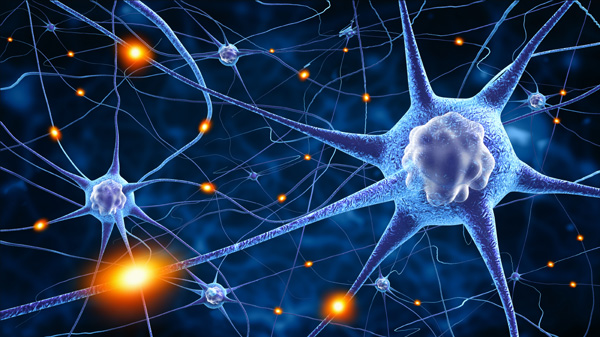A new brain mapping method used in the mouse brain, will allow neuroscientists to study the brain at the resolution of single neurons. The details of this technique were published in the journal, Neuron.
Multiplexed Analysis of Projections by Sequencing – or MAPseq – will allow researchers to trace many individual neurons in a single experiment. The technique promises to be less expensive, times-consuming and labor-intensive, compared to current brain mapping technologies.
Microscopes and other optical equipment are currently needed to generate wiring maps known as “connectomes,” which attempt to trace the links between neurons. According to Dr. Anthony Zador, professor at Cold Spring Harbor Laboratory and inventor of the technique, MAPseq is the first tool which, “converts the task of brain mapping into one of RNA sequencing.”
“The RNA sequences, or ‘barcodes,’ that we deliver to individual neurons are unmistakably unique,” said Zador, “and this enables us to determine if individual neurons, as opposed to entire regions, are tailored to specific targets.”
Most methods aside from MAPseq use “bulk tracing,” in which a neuron is engineered to express a fluorescent protein which is carried along the axon. While these markers can identify where in the brain each neuron projects to, it cannot identify whether two neurons in the same region project to the same area of the brain.
Zador explains the differences between MAPseq and conventional bulk tracing using an airport analogy. “If you go to the international terminal, you see a long line of ticket counters,” said Zador. “If you want to go to Germany, it’s not enough to take any airline at the international terminal. If you stand in line at the counter for Air Chile, you’re probably not going to be able to buy a ticket for Germany.
“Those many airlines whose counters are adjacent serve many destinations, some of which overlap, some of which are unique. You can print out a map showing all of the foreign countries that all of the airlines serve from your airport, but that doesn’t tell you anything at all about individual airlines and where they go. This is the difference between current labeling methods and MAPseq. The ‘individual airlines’ in my example are adjacent neurons in a part of the brain whose ‘routes’ we want to trace.”
The result of years of research conducted by Zador and his team, the technology assigns unique identifiers to individual neurons following an injection into a prespecified region of the brain. The injection contains a deactivated virus which carries large numbers of unique RNA molecules. Each 30-nucleotide RNA sequence is absorbed by an individual neuron.
Inside each neuron, the RNA molecule migrates to the end of the axon where a synapse has been formed with another neuron. After multiple injections the brain is dissected, allowing researchers to collect and sequence the RNA barcodes. RNA sequences found in the brain region where they were injected are compared to those found in more distant areas of the brain, allowing neuroscientists to identify the sites in which each neuron’s projections can be found.
Zador and his colleagues plan to use MAPseq to study animal models of neurodevelopmental and neuropsychiatric illnesses. The technique could allow them to determine how gene mutations affect the brain’s circuitry, and what affect this has on brain function.












Join or login to leave a comment
JOIN LOGIN